——What is 3D printing Technology?——

3D Printing is an additive manufacturing process for creating a three-dimensional product from a computer-aided design. There are various types of 3D printing technologies and processes but they are all based on the same principle in that it brings a digital model into a three-dimensional physical object by adding layer and layer of materials. The object can be created by different types of material to best suit its specific need.
—— History ——
3D printing is a technology that is over thirty years old.
The first 3D printing process, stereo-lithography apparatus (SLA) converts liquid plastic to a solid object by using UV light. It was patented in 1984 and the technology was used for the purpose of rapid prototyping. This patent belonged to Charles W. Hull, an engineer specializing in materials science at the time. He is now a co-founder of one of the largest organization in the 3D printing industry, 3D Systems Corporation. The idea of SLA came to his mind when was trying to develop UV-curable coatings to improve the durability of tabletops for his company, Ultra-Violet Products.
Prior to 2009, 3D printing was primarily for industrial uses. The popularity and sales of 3D printers started to take off after the patent of one of the most common 3D printing technology, fused deposition modeling (FDM) expired. As these technology patents continue to expire, more innovations and development of 3D printing can be expected in the years to come.
—— How does 3D printing work? ——
The process of 3D printing involves three basic steps:
- Every 3D print starts as a digital 3D design of an object. This 3D file can be created from scratch with a 3D modeling application, a 3D scan of an existing object, or downloaded from an online source.
- To prepare the 3D file of an object to be printed it must be sliced and the materials must be chosen. Slicing refers to turning the whole object into multiple horizontal layers. Once sliced, it is ready to be sent to the 3D printer.
- The 3D printer reads every horizontal layer, then makes it from bottom-up. These layers stick together to form the physical object. The printing can take hours depending on the size of the object and the printed objects often needs post-processing, such as sanding to reach desired finish.
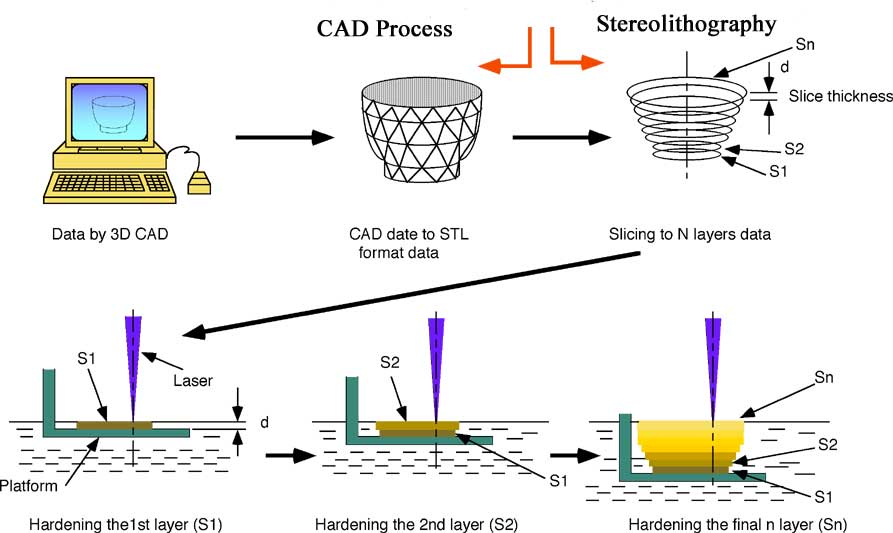
Figure 1. Process of the stereo-lithography
—— Advantages ——

Figure 2. Comparison of 3D printer and traditional process
- Production of prototypes can lead to a higher quality product
- Potentially cheaper than injection molding if low quantities are produced
- Readily available for printing versus injection molding
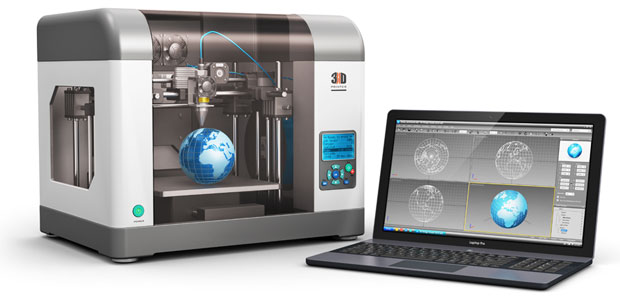
Figure 3. CAD to 3d Printing
-
Produce any part (VIA CAD design) with a variety of materials to choose from
—— Disadvantages ——
- High initial cost for machine, materials and design program
- Object limited to size of what the printer can print
- Injection molds become cheaper when higher quantities are produced
- Copyright violation

- Limited materials
- Easy to produce the dangerous thing, such as plastic guns, knives or other object could be used as weapon. The transformation technology will make it easier for criminals to use the ‘printed weapon’ in public place without the possibility of detection.
—— Benefits ——
- Possibilities of products are now endless instead of being constrained by the number of molds on hand
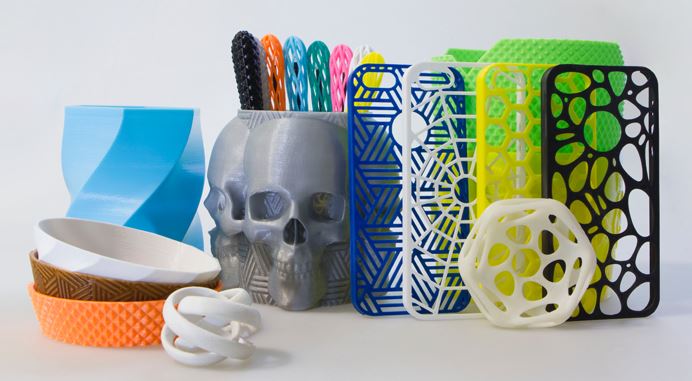
Figure 4. Exquisite products of 3D printers
- Consumer can choose from more products and ones that are higher quality
- Cost production has potential to become lower than injection molding
—— Examples ——
Functional prototyping: New model car of Lamborghini
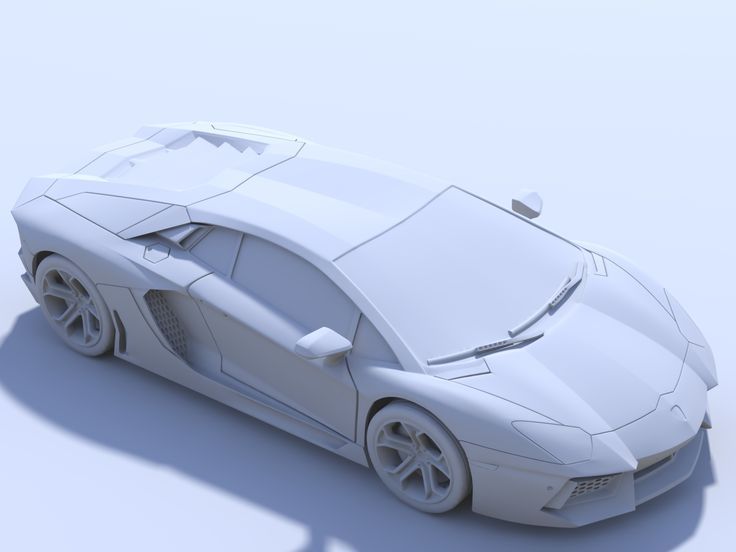
Molding: Objet500 Connex2 for mold printing
Medical: printed bones
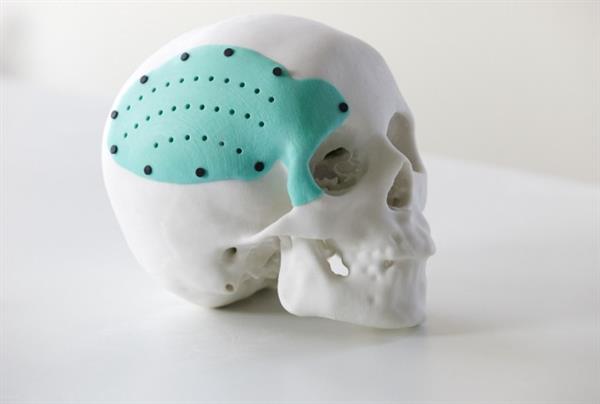
—— Prospect ——
~~Future Use~~

The limits to 3D printing have decreased as technology continues to progress. From regular plastic to vital organs, the uses of 3D printing are becoming endless. As technology advances, 3D printers are expected to create products at a lower cost more efficiently.
~~Changing the Manufacturing Industry~~
Although 3D printing has initially been used for the purpose of rapid prototyping for engineers in research and development, technology growth has allowed 3D printers to become more affordable for regular consumers. As a result, more and more consumers purchase 3D printers either due to the “maker culture,” or simply out of curiosity.

Figure 5. 3D printing mass manufacturing
Nonetheless, as 3D printers become a mainstream product to have in every home, people will have a greater tendency to create the products that they desire themselves instead of buying it in store.

Figure 6. Daily products made by 3D printer
—— Links for Further Information——
3d Printers and the Mold Industry. (n.d.). Retrieved March 24, 2017, from 3d Printers: http://www.javelin-tech.com/3d-printer/industry/mold/
Coward, C. (2015). Idiot’s Guides: 3D Printing. Alpha. Retrieved from: http://proquest.safaribooksonline.com/book/3d-printing/9781615647453
Forster, G. (2014, September 11). Advantages and Disadvantages of 3D Printing Technology. Retrieved March 26, 2017, from Oshup: http://www.oshup.com/advantages-and-disadvantages-of-3d-printing-technology/
Hall, K. (2013, February). How 3D Printing Impacts Manufacturing. Retrieved March 26, 2017, from ComputerWeekly.com: http://www.computerweekly.com/feature/How-3D-printing-impacts-manufacturing
Krassenstein, B. (2015, July 18). What is 3D Printing & How do 3D Printers Work? — A Guide. Retrieved March 25, 2017, from 3dprint.com: https://3dprint.com/82272/what-3d-printing-works/
Morrissette, M. (2015, August 18). What is the 3D Printing vs Injection Molding Cost-per-Unit. Retrieved March 26, 2017, from Xometry: https://www.xometry.com/blog/3d-printing-vs-injection-molding-breakeven/
Reisinger, S., & Uhlmann, N. (2017). 3d Printing. Quality , 56 (3), 38-40.
Saudagar, A. (2017, January 20). 3D Printing Technology: Everything you should know about it. Retrieved March 25, 2017, from technobyte.org: http://www.technobyte.org/2016/12/3D-printing-technology-everything-you-must-know
Who Makes 3d Printers? (n.d.). Retrieved March 26, 2017, from http://www.3ders.org: http://www.3ders.org/3d-printer/who-make-3d-printers.html
3D HUBS. (n.d.). What is 3D Printing? The definitive guide to additive manufacturing. Retrieved from: https://www.3dhubs.com/what-is-3d-printingo#technlogies
—— Contact Us——
~~Get in touch with us if you have anything to share~~



